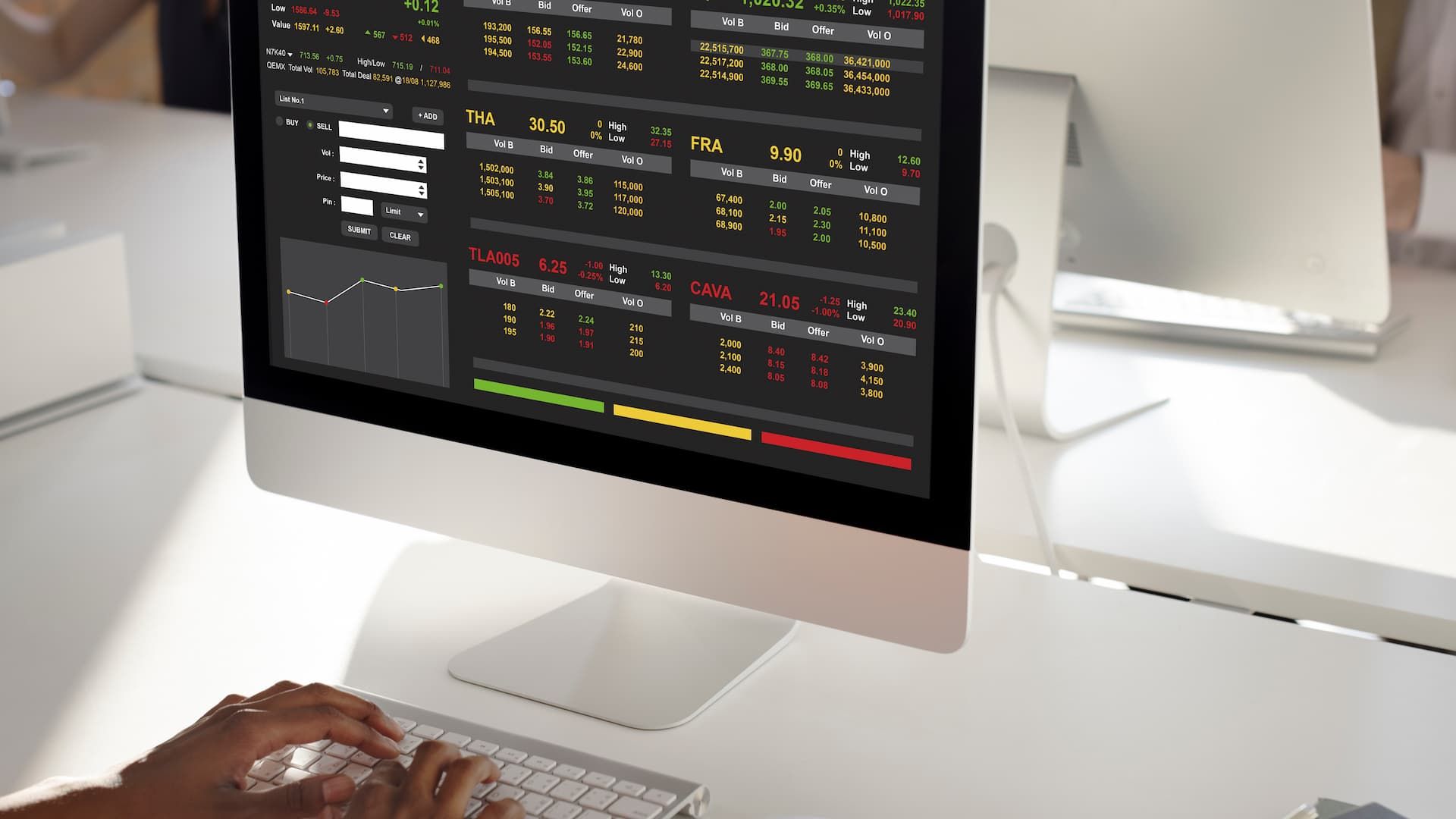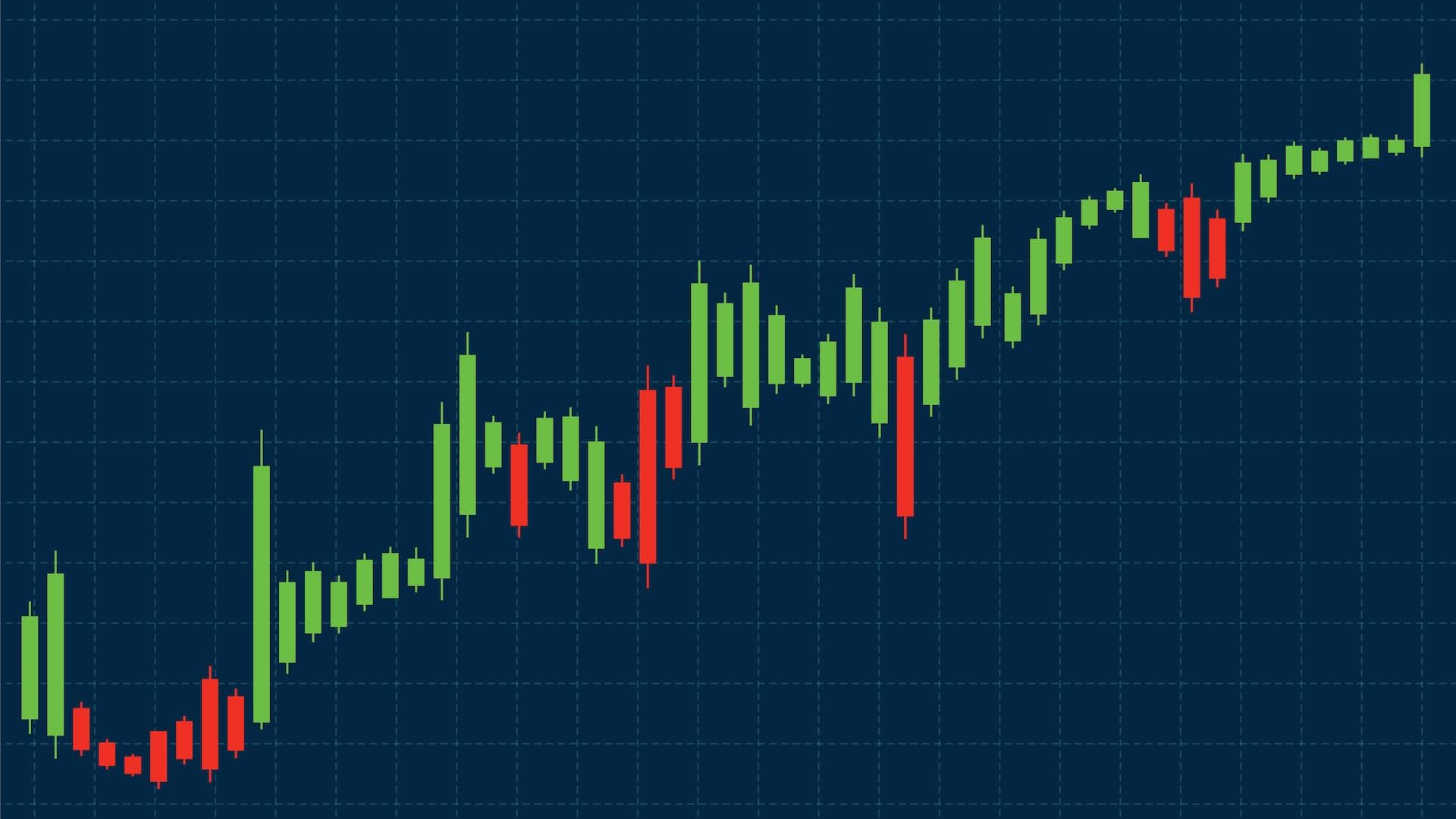Many traders start out by focusing only on signals or chart patterns, but experienced traders know that position sizing diversification and risk control matter just as much, if not more. A profitable trading strategy can still collapse if trade size is poorly managed. On the other hand, proper position sizing combined with diversification across markets can protect overall capital, reduce risk, and build the discipline that separates successful traders from beginners.
A trader who risks too much on a single trade can face devastating losses. By contrast, using effective position sizing strategies and spreading trades across multiple markets ensures no bad trade wipes out your account. If you’re trading on 24Markets.com, you’ll find calculators, risk management tools, and access to multiple asset classes that make it much easier to stay disciplined.
Understanding Position Sizing & Diversification
What is position sizing & diversification?
Position sizing means deciding how many units, contracts, or shares to take on a specific trade. It directly reflects how much risk you’re willing to take. Diversification spreads that risk across instruments, sectors, or asset classes, so one losing trade does not lead to substantial drawdowns or catastrophic losses.
Together, these methods protect your trading capital. Diversification handles downside risk at the portfolio level, while position size calculation determines risk at the trade level.
Importance of position size in trading
The size of each trade matters more than most beginners realize. Many traders focus on entry price or patterns, but proper position sizing is what prevents a single loss from exceeding your maximum risk threshold. By aligning each trade size with account size and risk profile, you set clear limits on how much risk to take per trade.
Successful traders often say trading is not about how many winners you have, but about managing risk during losing trades. Proper position sizing strategies keep you in the game long enough to benefit when your trading strategy performs well.
How diversification reduces risk
Diversification lowers the impact of market volatility or bad news on a single instrument. If a trader invests all capital in one stock and that stock drops after earnings, the entire account suffers. By diversifying across forex, indices, commodities, and stocks, you reduce exposure to specific market moves and spread potential risk across different methods and instruments.
At 24Markets.com, traders have access to a wide range of markets, which makes diversification straightforward to implement.
Core Position Sizing Concepts
Effective position sizing for consistent results
Effective position sizing ensures consistent results over time. Instead of risking different amounts trade by trade, you calculate position size systematically. This creates smoother performance curves, avoids impulsive decisions, and limits excessive losses.
Account risk and per trade limits
One of the most common position sizing techniques is to risk only a fixed percentage of your trading account on each trade. Many traders keep this between 1% and 2% of total capital. For example, with a $10,000 account, risking 1% means the maximum loss on any trade is $100. This way, even a series of losing trades won’t cause catastrophic losses.
Calculating position size accurately
The basic formula for position size calculation is:
Position Size = (Account Balance × Risk Percentage) ÷ (Entry Price – Stop Loss Price)
If your trading account is $10,000, and you risk 2% ($200), with a stop loss $2 away from your entry price, you trade 100 shares. Using a position size calculator, such as the one built into 24Markets.com, removes manual error and saves time.
Methods to Determine Position Size
Fixed percentage method explained
The fixed percentage method is a popular position sizing method. You risk a set percent risk of your trading capital on every trade. As your account grows, trade size scales up. If your account shrinks, trade size shrinks too. Many traders consider this the safest way to manage risk per trade consistently.
Fixed dollar position sizing
With the fixed dollar method, you risk the same dollar amount on every trade, regardless of account size. For example, always risking $200 per trade. It’s simple, but it doesn’t adapt to account risk levels. That can be too conservative for large accounts and too aggressive for small ones.
Using the Kelly criterion for position sizing
The Kelly criterion is a mathematical formula for optimal position size. It considers probability of winning, payoff ratio, and potential risk. While powerful, applying it literally can cause significant loss during bad streaks, so many traders use a half-Kelly approach to reduce risk.
Position size calculation for varying market conditions
Market conditions are never static. During high volatility, trade risk increases, so the appropriate position size is smaller. During calmer periods, you may take slightly larger positions while staying under your maximum risk threshold. This flexibility reduces risk and aligns trade size with market reality.
Applying Position Sizing in Practice
How to determine dollar amount per trade
Start with account risk and your chosen risk percentage. Multiply your account size by that percentage to find dollar risk. Divide by stop loss distance to find trade size. This ensures that if your stop loss price is hit, your loss stays within the maximum risk you planned.
Adjusting position size based on market volatility
Market volatility often dictates stop loss width. In volatile conditions, stops are wider, which means trade size must be smaller. In calmer markets, narrower stops allow larger trade sizes. Many traders rely on volatility indicators to calculate position size and keep risk per trade under control.
Effective position sizing for long-term success
Consistent position sizing strategies allow steady compounding of capital. Even with a 50% win rate, if your average gains are larger than your average losses, proper position sizing makes long-term profitability possible.
Common mistakes in position sizing
-
Overleveraging and risking too much on a single trade
-
Ignoring market volatility in trade size decisions
-
Changing risk limits impulsively during a trading day
-
Moving stop loss levels without adjusting position size
Combining Position Sizing with Diversification
Portfolio diversification strategies
Diversifying across asset classes spreads risk and limits exposure to one market. Holding forex alongside stocks, commodities, and indices reduces the chance of a single negative event derailing your entire portfolio.
Managing multiple positions simultaneously
If you risk 2% per trade and have five trades open, that’s 10% of total capital exposed. Experienced traders manage total account risk carefully, often capping combined risk to avoid substantial drawdowns.
Position sizing & diversification for risk management
Together, position sizing and diversification are the ultimate risk management tool. One protects each specific trade, while the other shields the entire portfolio. Used together, they help traders reduce risk and avoid catastrophic losses.
Advanced Techniques and Considerations
Position sizing for high-risk instruments
Trading stocks with high volatility, cryptocurrencies, or leveraged CFDs requires much smaller sizes. Without adjusting, many traders face devastating losses quickly. Using appropriate position size helps limit losses in high-risk instruments.
Adapting to changing market conditions
Market conditions shift. A strategy that works in trending periods may not work during sideways phases. Adjusting trade size based on risk profile and volatility keeps you flexible.
Monitoring and reviewing position sizes
Keeping a trading journal that includes position size, entry price, stop loss, and trade results helps identify areas for improvement. Reviewing past trades shows whether you respected your risk limits or allowed emotions to influence trade based decisions.
Position sizing & risk-adjusted returns
Risk-adjusted performance matters more than raw returns. Effective position sizing boosts ratios like Sharpe and Sortino by keeping downside risk under control. Many traders prefer steady returns with limited drawdowns over flashy gains with significant risk.
Final Thoughts
Proper position sizing and diversification might not sound glamorous, but they are the pillars of trading discipline. Without them, even great setups can lead to excessive losses. With them, even modest strategies can deliver consistent growth.
If you want to manage risk smarter and avoid impulsive decisions, make these principles part of your trading style. Platforms like 24Markets.com provide calculators, tools, and diverse markets that make it easy to calculate position size, apply different methods, and manage overall risk with confidence.













